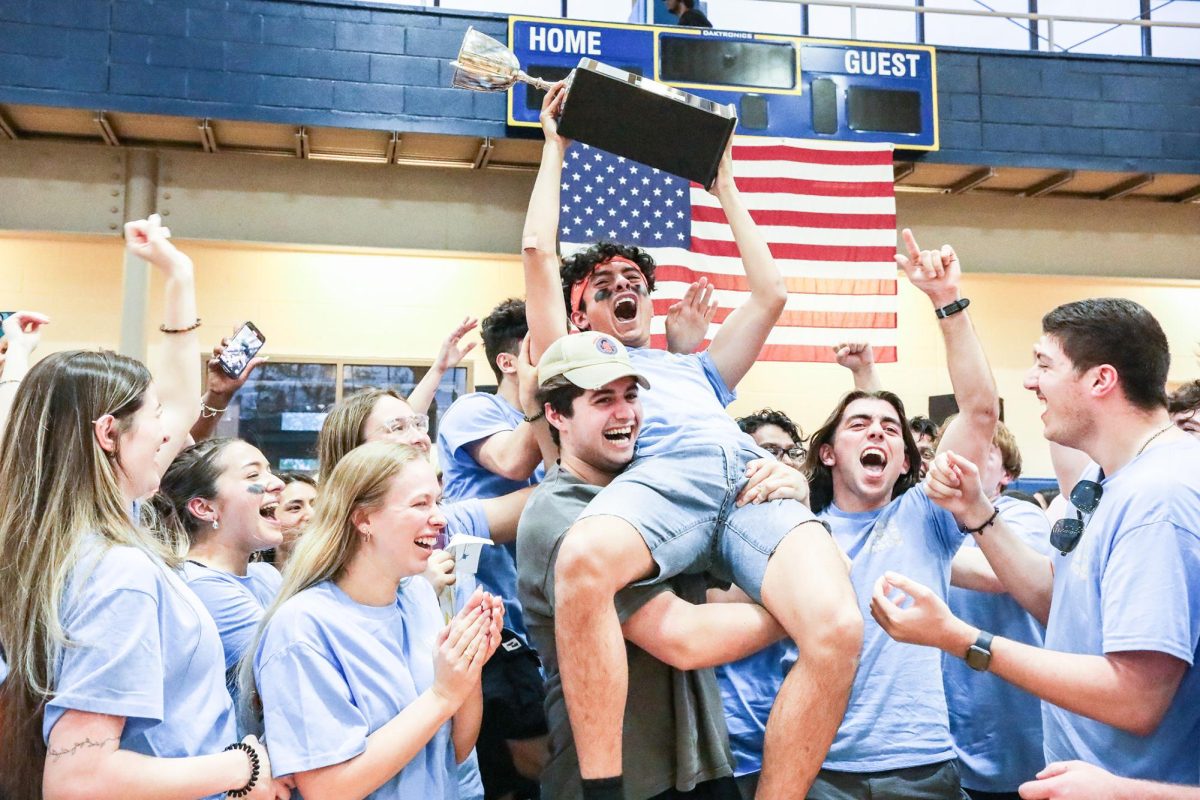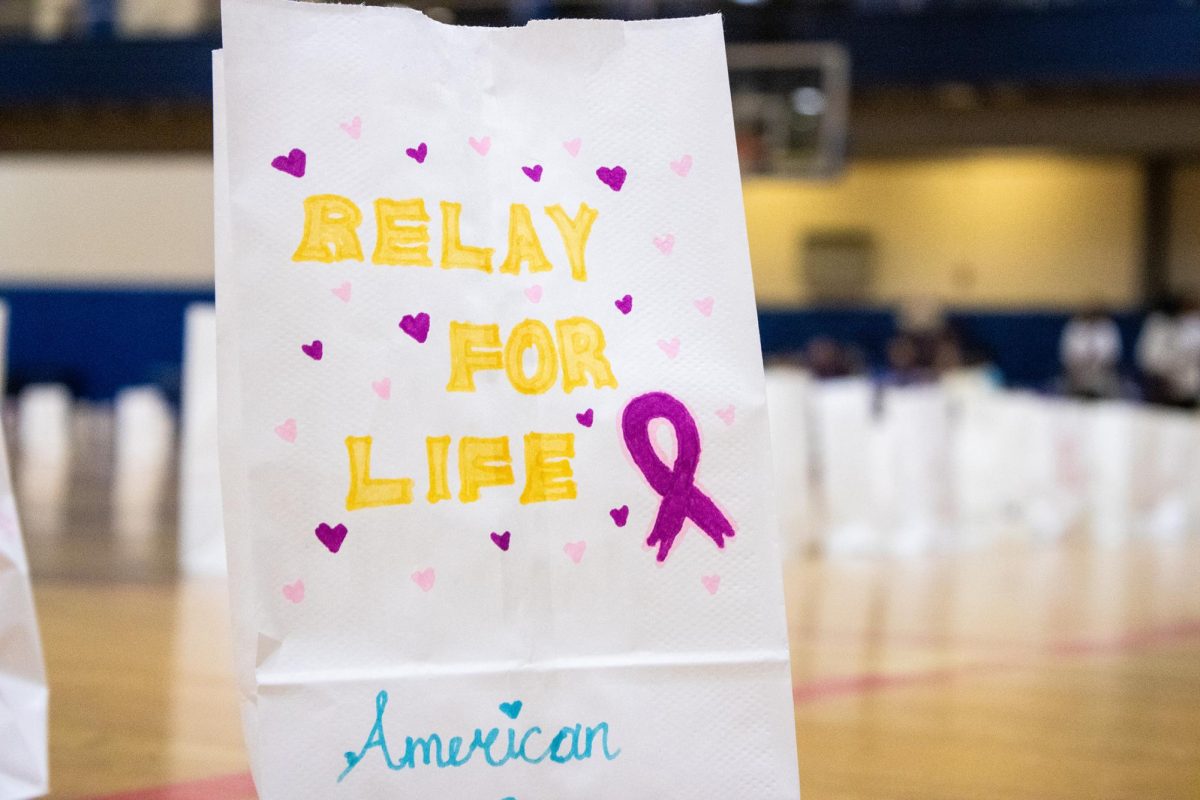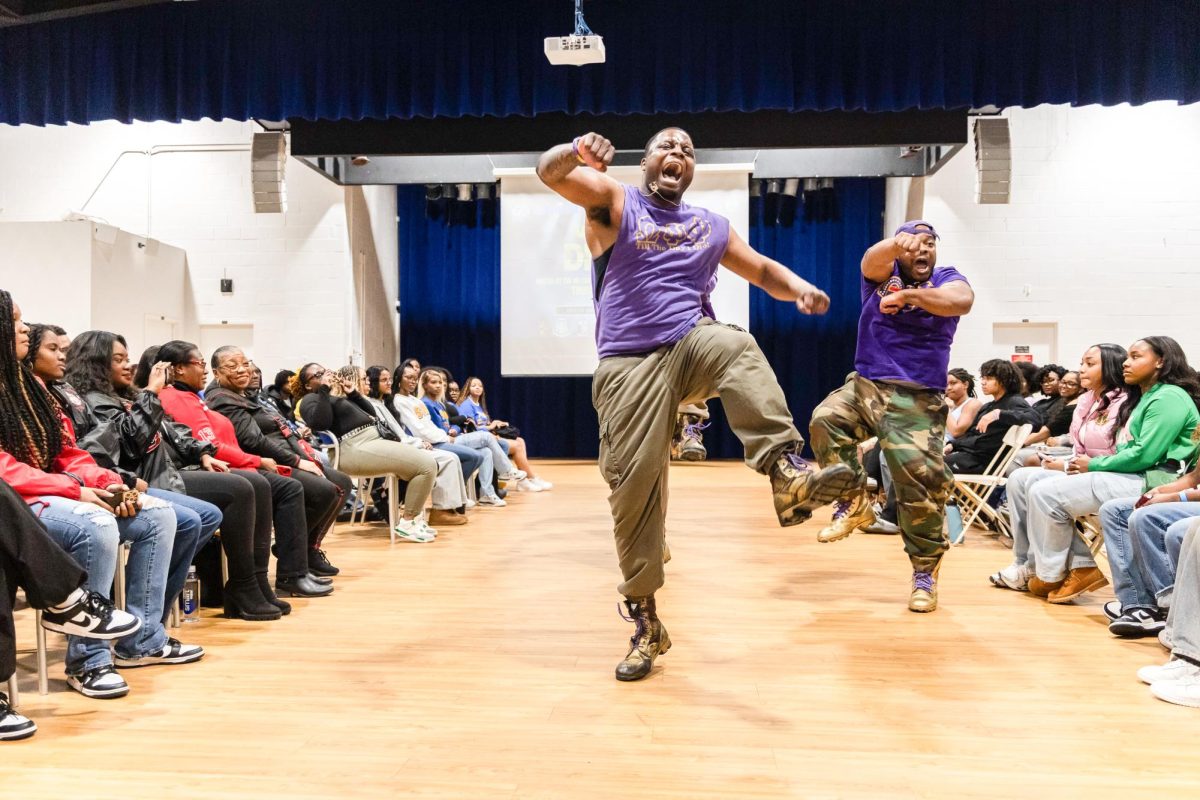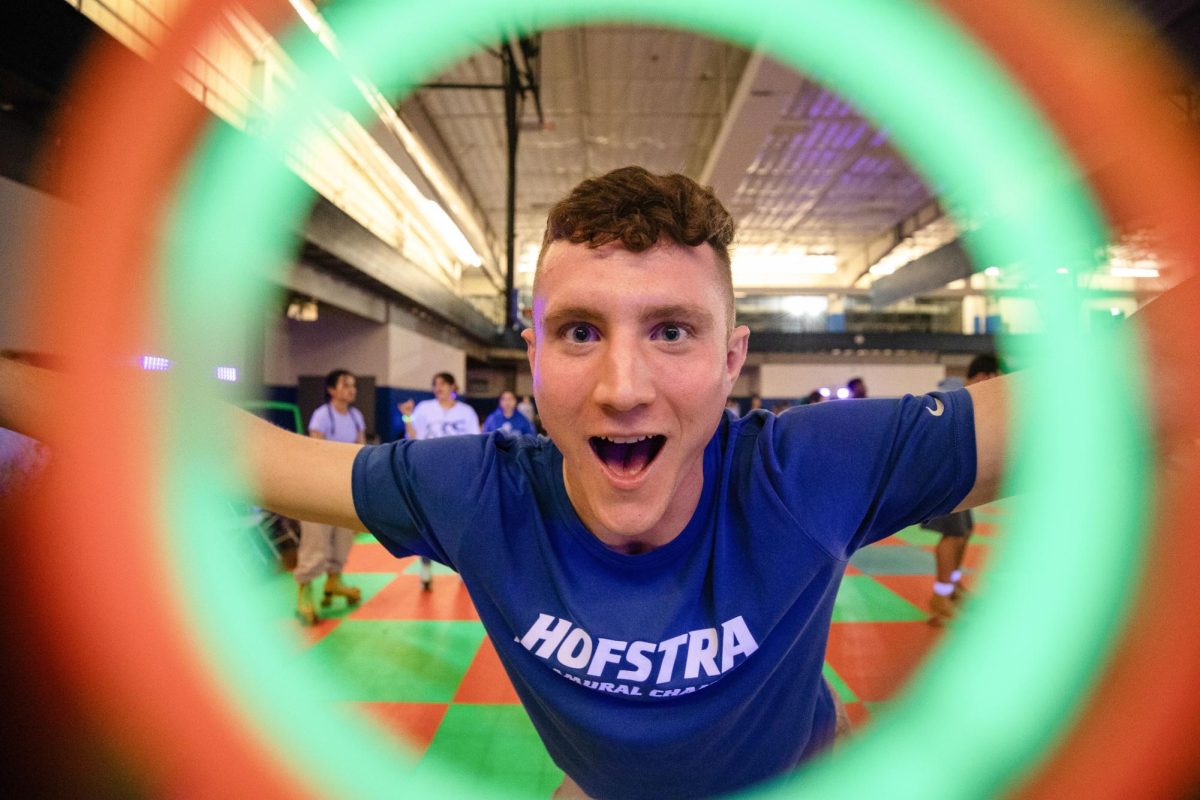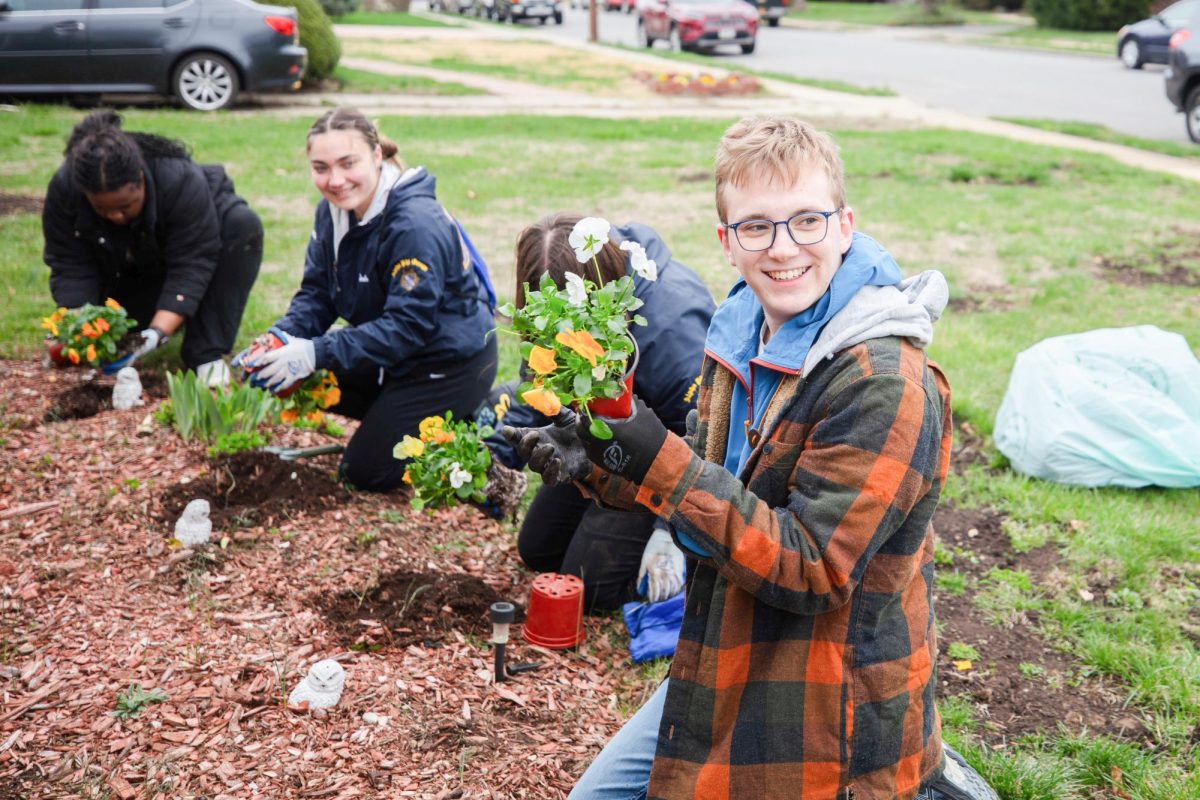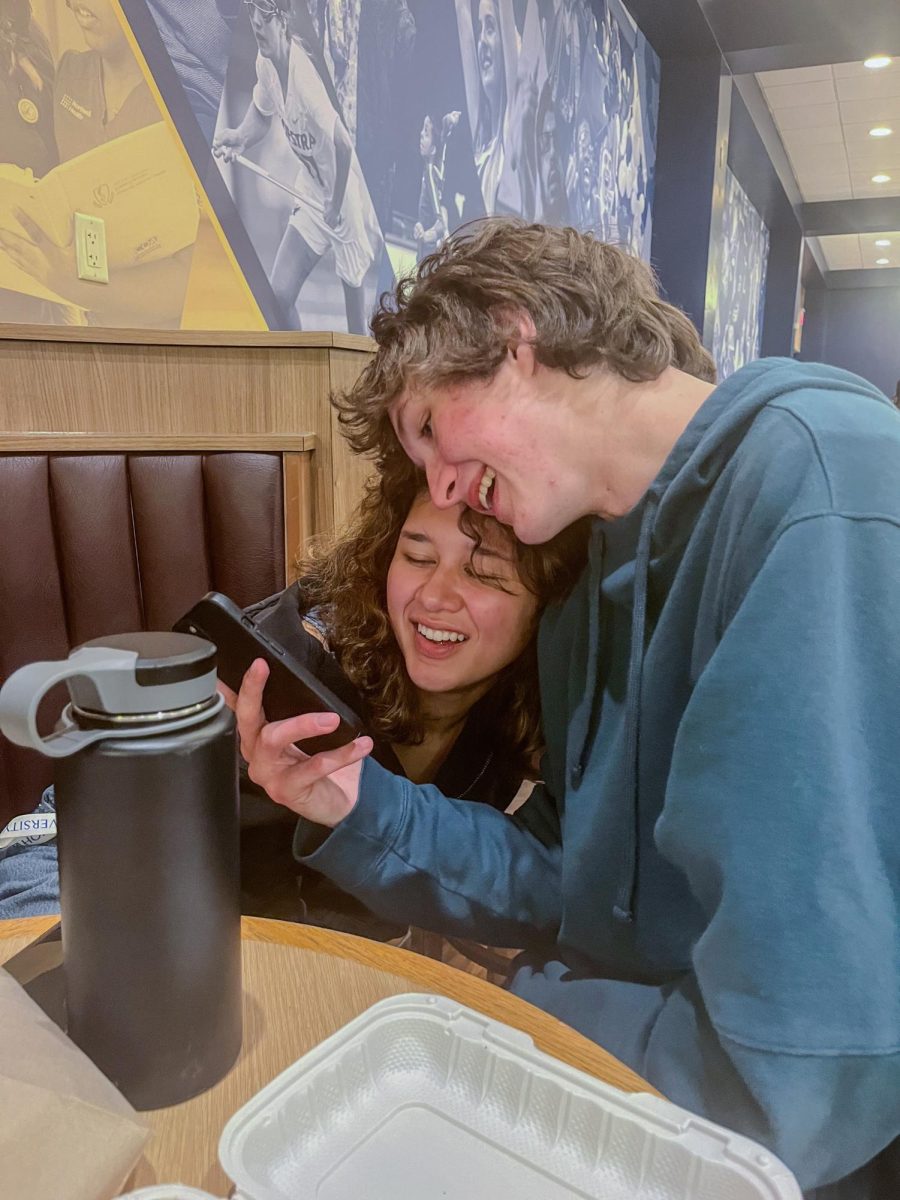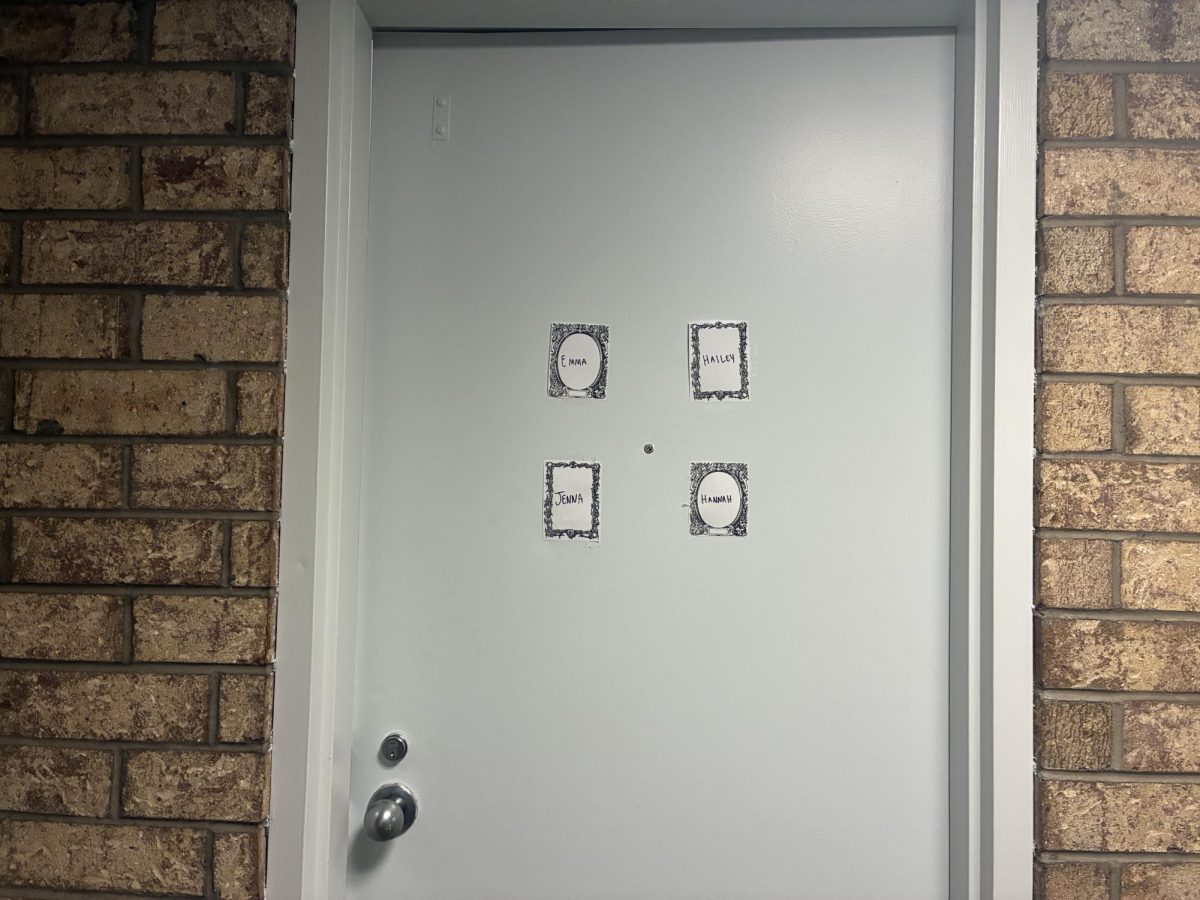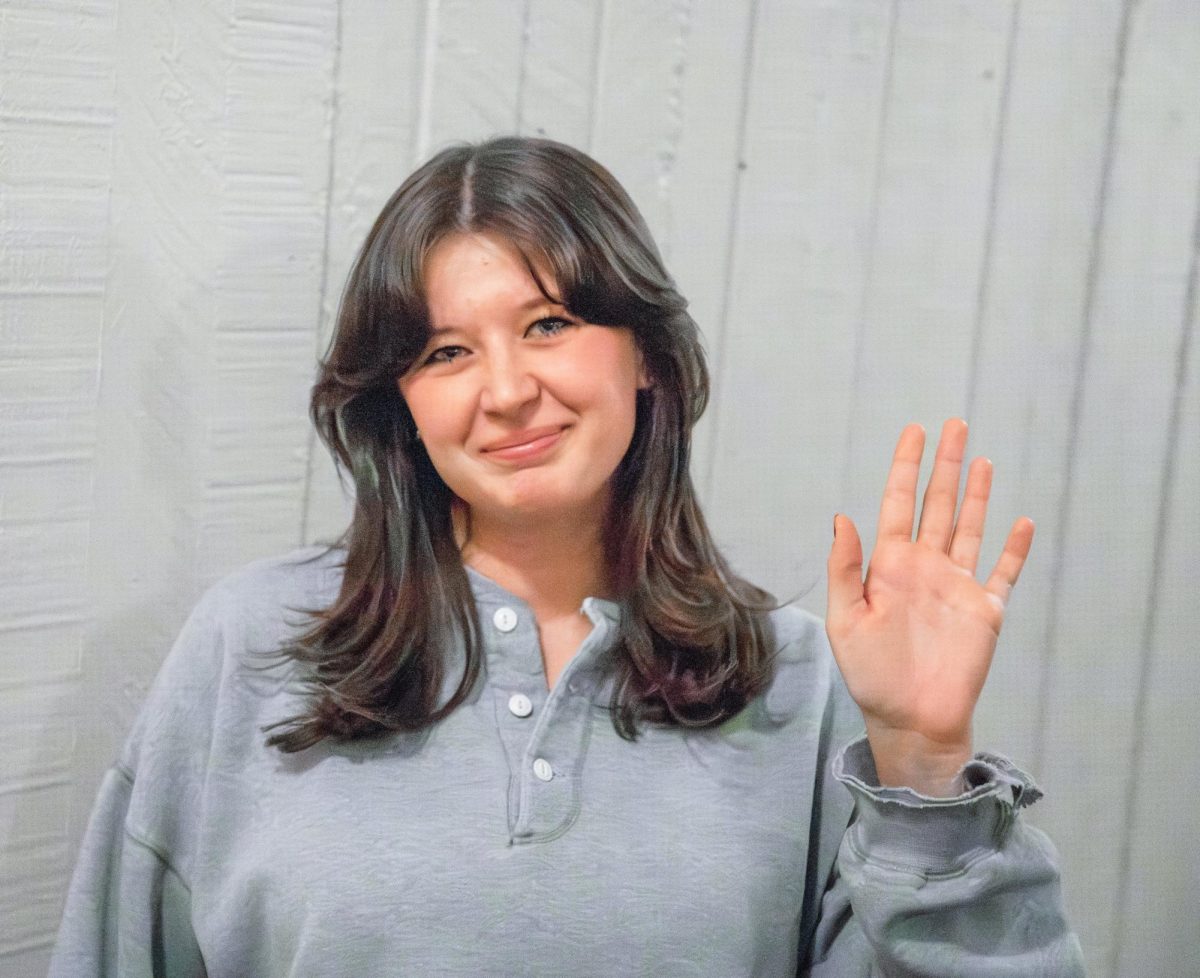By Kirstyn Brendlen
Staff Writer

Amy Walsleben, director of Residential Services, and Allen Siegel, director of Day Services, greet staff and residents by name as they move through the Day Program at EPIC Long Island.
Formerly the Epilepsy Foundation of Long Island, EPIC rebranded as “Extraordinary People In Care” in 2014. At the same time, they moved from their former headquarters in Garden City into a large glass building on Hempstead Turnpike a few minutes east of Hofstra.
The first floor buzzed with activity – the Day Program brings in people 21 and over living with developmental disabilities, providing a safe place to build relationships and skills. People work on typing skills and tune up musical instruments. The horticulture room takes advantage of the building’s walls of glass-block windows. The room is filled with shelves of small potted plants and watering cans, as residents are learning how food is grown.
Siegel’s favorite room was designed specifically for autistic people – the walls are painted a dark teal and the windows are tinted to prevent overstimulation.
“I’m particularly proud of this room. The progress the people in this room have made in the last year is more than they’ve made in their lifetimes in socialization alone,” he said.
Walsleben and Siegel used their passes to move through the building, doors locking automatically as they closed. Upstairs are doctor’s offices – therapists, speech and occupational therapists and neurologists – especially those specializing in epilepsy.
Many of the people at the Day Program are visiting from one of EPIC’s 17 residential homes scattered over Long Island. The Residential Program provides small group homes for people with developmental disabilities to live safely with 24-hour care – 70 percent of the residents also have epilepsy. Each home houses between five and 11 people.
“Ideally not 11,” Walsleben said. A rotating staff moves through the house throughout the day, including, typically, one nurse and one behavioral specialist.
A white split-level on a quiet street in Westbury houses 11 individuals and four caretakers. Inside, residents were clustered around the dining room table playing bingo while the house manager Kristina looked on. They chatted about a recent job fair and about a vacation that two of the men returned from recently.
The residential programs are aimed at maximizing independence based on individual needs – some residents hold jobs and volunteer positions in the community, and some work on skills for getting ready for the day like getting dressed and taking care of their personal hygiene.
“Years ago it was more of a medical model and it was very needs-driven. In other words, ‘so-and-so needs to learn to brush their teeth.’ It was very prescriptive in that way,” Walsleben said. “It’s been a complete turnaround, it’s called person-centered planning. And that’s what they want to do – what are their preferences? What are their life goals? We call them valued outcomes.”
These valued outcomes help caregivers and the people using the program to progress. Individuals and families will meet and discuss goals and possibilities.
“If somebody wants to do something, we try to work those steps towards them. If people do what they want to do they’re less likely to have maladaptive behaviors, because they’re doing what they want to do. It’s a whole different philosophy, a whole different way of thinking,” Walsleben said.
The Westbury house meets once a month to decide what they’ll do as a group, and each person receives an individual allowance to spend on whatever they want. Every day, the house goes out to their own activities – dinner, Broadway shows, the Day Program, volunteer events.
“We have people who go to concerts, to baseball games, sporting events. A few people decided they want to go to Lake George,” Walsleben said. “People don’t know what they like until they try things, and there are so many things they go and do. A lot of individuals love to go to the dances we have, and some of them decide they want to chip in and take a limousine there.”
Framed photos of the residents fill the living room, and on an end table is a framed white T-shirt with “Westbury Wildcats” printed across the front.
“They like to go bowling; that’s their team name,” Kristina said.
The fridge in the kitchen is dotted with magnets and a few notes, carefully placed so as not to obscure the poster with step-by-step instructions for stabilizing blood sugar. Down the hall, a blue folding wall – the kind that stands between cots in the school nurse’s office – provides some privacy for medications to be doled out. Walsleben explained that many of the homes do have separate medication rooms, but funding isn’t always available for modifications to the houses.
“We do rely on private contributions where state funding doesn’t cover it, and there are increasingly more areas where the budget is tight. We don’t have enough to cover all our needs and we have to pay for those expenses. Upgrades, renovations, adaptations. Our epilepsy programs are 100 percent funded by contributions [from community outreach programs],” said Eileen Colletti, EPIC’s director of Development.
And while Westbury holds mostly independent adults, EPIC’s two most recently opened homes serve younger people – 21-year-olds grow out of children’s homes and Walsleben knew they needed somewhere to go.
“We went to Massachusetts, Pennsylvania, upstate New York. These kids originally lived on Long Island, but for whatever reason, the school districts and their families could no longer handle them, so they ended up being placed,” Walsleben said. “The last house we opened, those are individuals with autism. So that’s very specific training to work with that type of disability. It takes a while, but I think they’ve really adjusted well. We have guys who came from … interesting places who have just blossomed.”

